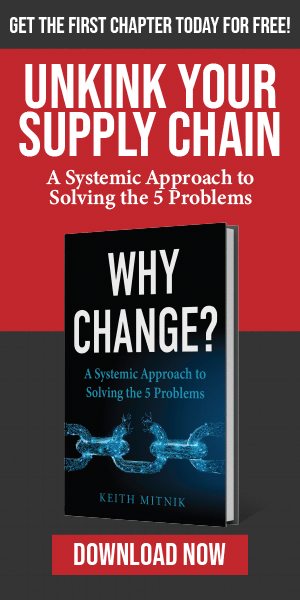Obsolescence isn’t a fluke. It’s a fact of product development. Yet many OEMs still treat the loss of a key component like a surprise, scrambling to find solutions only after their production line is at risk. If you rely on a LCD display that quietly went end-of-life, the consequences can be immediate and expensive. Here’s what proactive planning looks like—and why so many companies get caught flat-footed.
What to Do When Your LCD Display Goes EOL
If your LCD display goes end-of-life with no direct replacement, you face two options: redesign your product or risk retiring it. Both are expensive and time-consuming.
A smarter alternative is a Crossmatch display replacement. This solution replicates your original display’s form, fit, and function, ensuring it integrates seamlessly without retooling, firmware changes, or certification delays. It’s one of the most effective ways to manage obsolescence risk without introducing new ones.
Why LCD Display Obsolescence Catches OEMs Off Guard
Obsolescence is part of the electronic component lifecycle. Components like LCD modules and display drivers are constantly shifting based on fab availability, upstream priorities, or volume demand. Mid-volume OEMs often fall into a blind spot, they don’t command enough purchasing power to influence production, and they don’t get visibility into phase-out plans.
By the time an official notice arrives, it’s often too late.
Signs Your Display Is Approaching Obsolescence
An official EOL notice often arrives late. In most cases, the early signals are there. You just have to know where to look.
Key Early Indicators
- Lead times gradually increase without a spike in demand
- Quiet spec changes, part number revisions, or unexpected alternates
- Distributor silence or a lack of transparency about long-term availability
- Price swings or inconsistent supply chain performance
If no one on your team is tracking these signs, you're already behind.
Why Standard Display Replacements Cause Bigger Problems
When a component is no longer available, the fallback is often a “close-enough” standard display. However, even minor differences in electrical or mechanical properties can introduce headaches, like hardware and firmware changes, validation delays, or performance degradation.
This is where many OEMs waste time and money solving the wrong problem. The failure wasn’t the part. It was the absence of a plan.
Crossmatch Display Replacement: A Proven Solution
Phoenix Display’s Crossmatch display replacement process eliminates guesswork. We reverse-engineer your original display to ensure identical mechanical, electrical, and visual performance. That means no surprises for your firmware, no need to requalify, and no disruption for your users.
This kind of proactive approach to obsolescence risk management helps OEMs:
- Maintain compliance
- Extend product lifecycle
- Avoid unnecessary engineering hours
The Urgency of Obsolescence Planning
In the past 24 months, LCD display obsolescence has accelerated due to fab consolidations and changing demand patterns. Lower-volume parts are disappearing faster, and many OEMs are still stabilizing after pandemic-era shortages.
Without a system in place, it’s easy to lose production time—or worse, a product line.
How to Start Managing Obsolescence Risk Today
At Phoenix Display, we work ahead of the EOL curve. Our process includes:
- Tracking upstream component lifecycle changes
- Monitoring BOM stability
- Identifying alternate displays early
- Starting Crossmatch engineering ahead of shortages
- Communicating risk clearly and early with clients
What You Can Do Today
To get ahead of obsolescence:
- Review your top 10 critical LCD display modules
- Flag any that show signs of instability—lead time shifts, pricing swings, or spec edits
- Ask your supplier how they track lifecycle risk and where your parts sit in that curve
If you’re unsure, a Crossmatch Assessment can give you the clarity to act, without committing to a redesign.
Don’t Let Obsolescence Disrupt Your Production Line
A $42 display shouldn’t bring down a six-figure product. But it happens when there’s no visibility or backup plan.
Let’s fix that. If your current display is showing signs of risk, we’ll help you get ahead of it so you can keep production running and your product viable.
If you're seeing signs of risk—or want to get ahead of them—get in touch to request a Crossmatch Assessment. We'll help you evaluate your current displays, identify potential failure points, and outline a seamless path forward with no redesign required.






